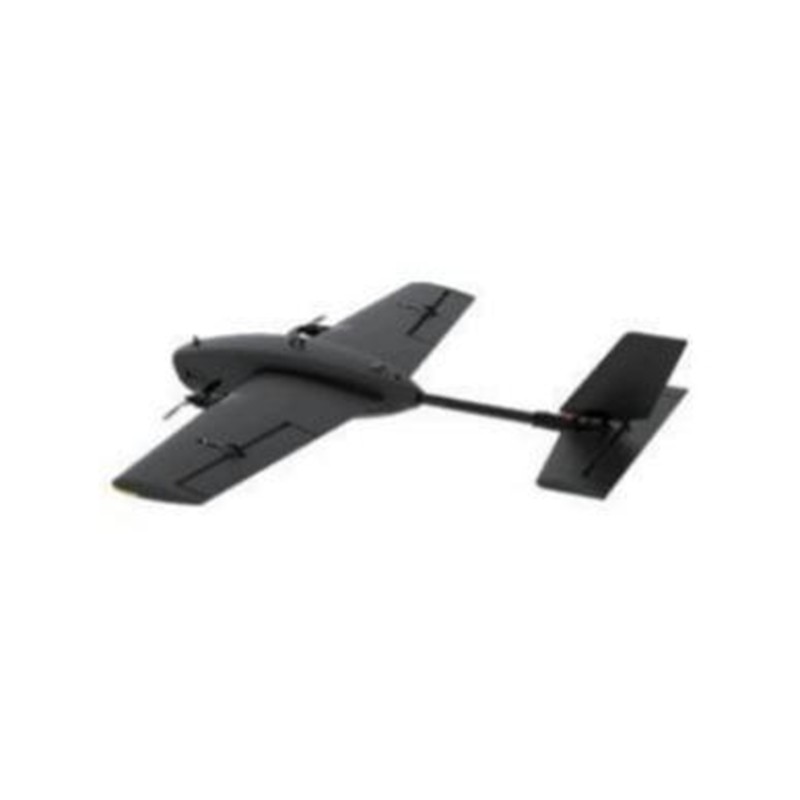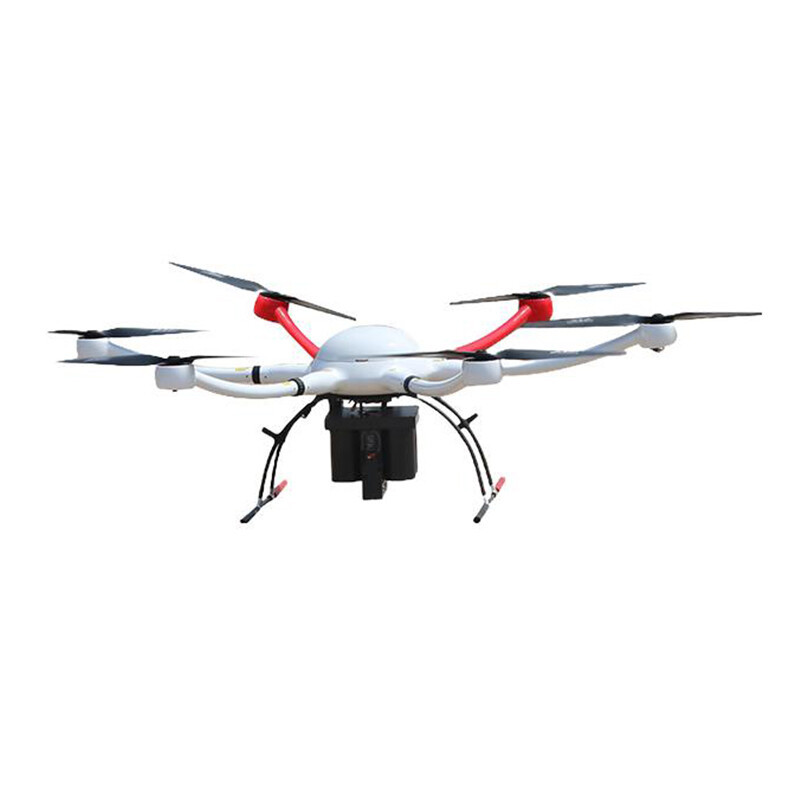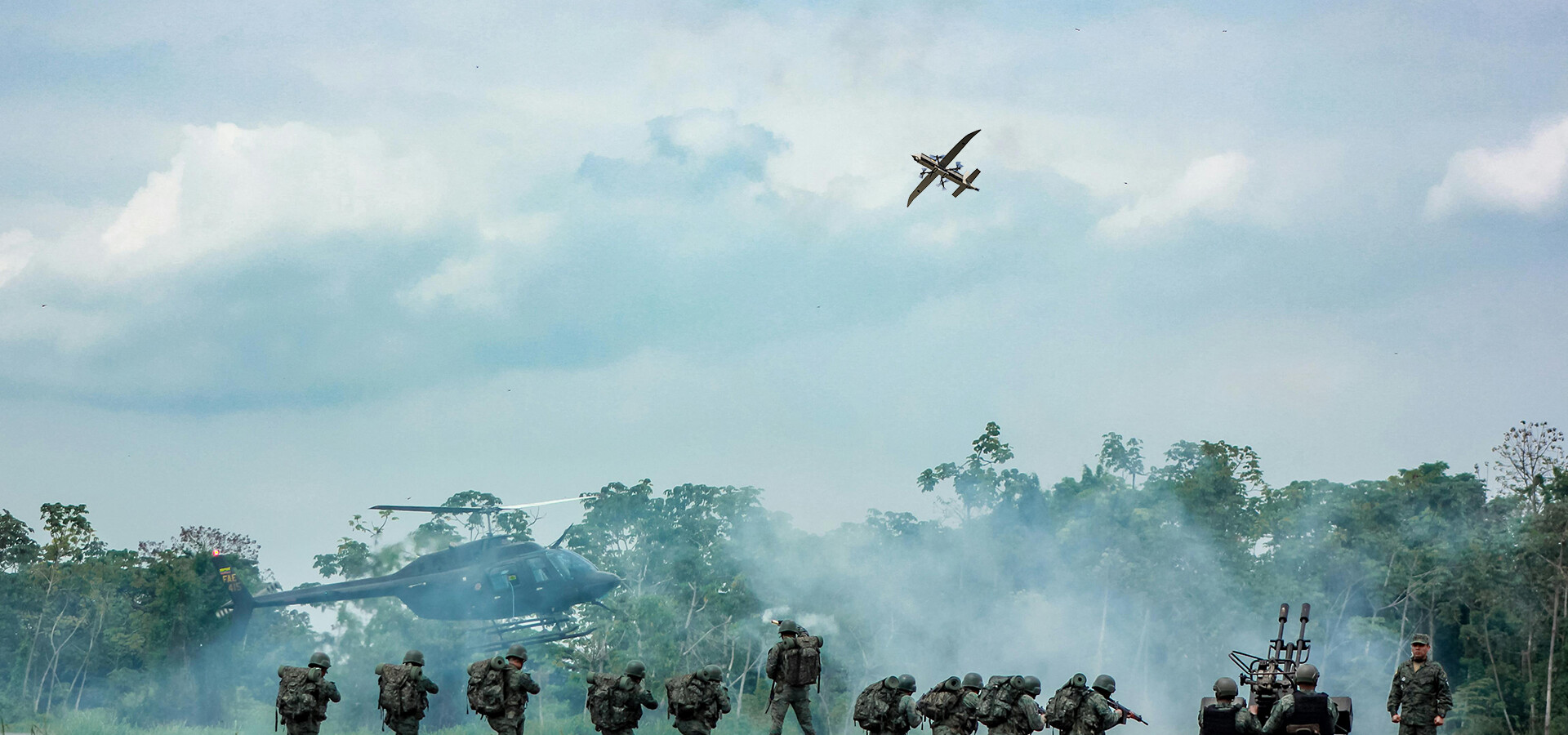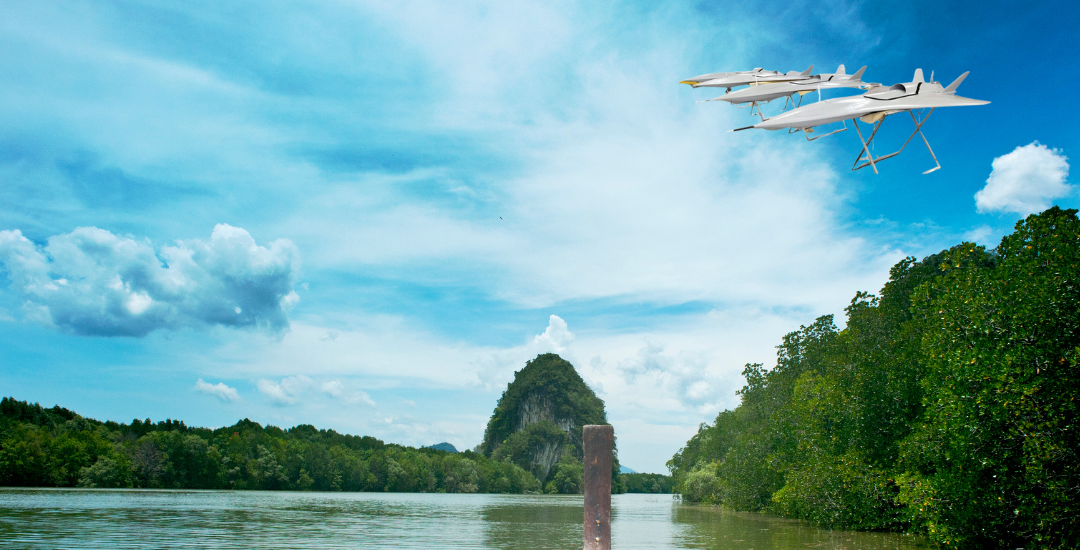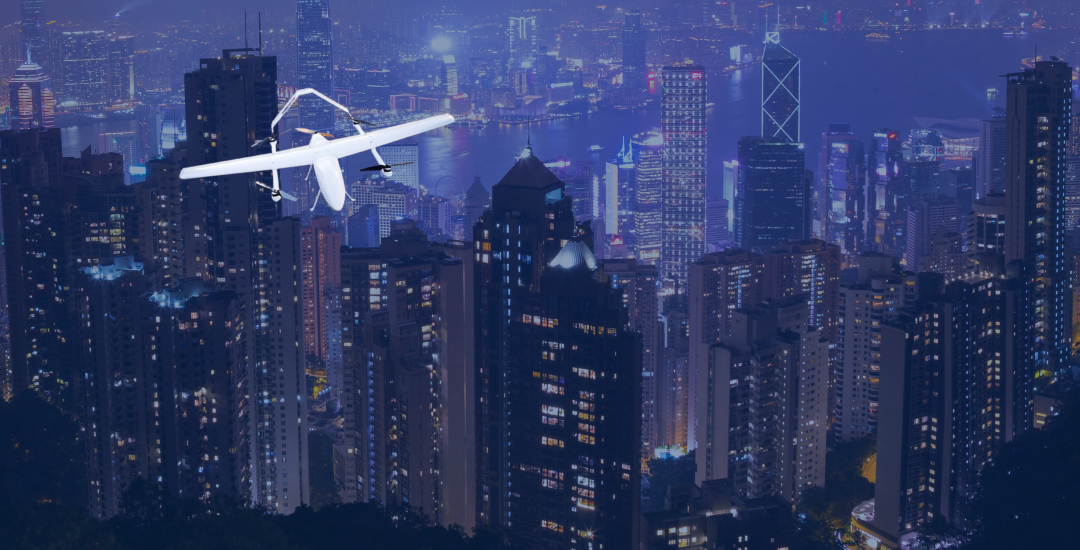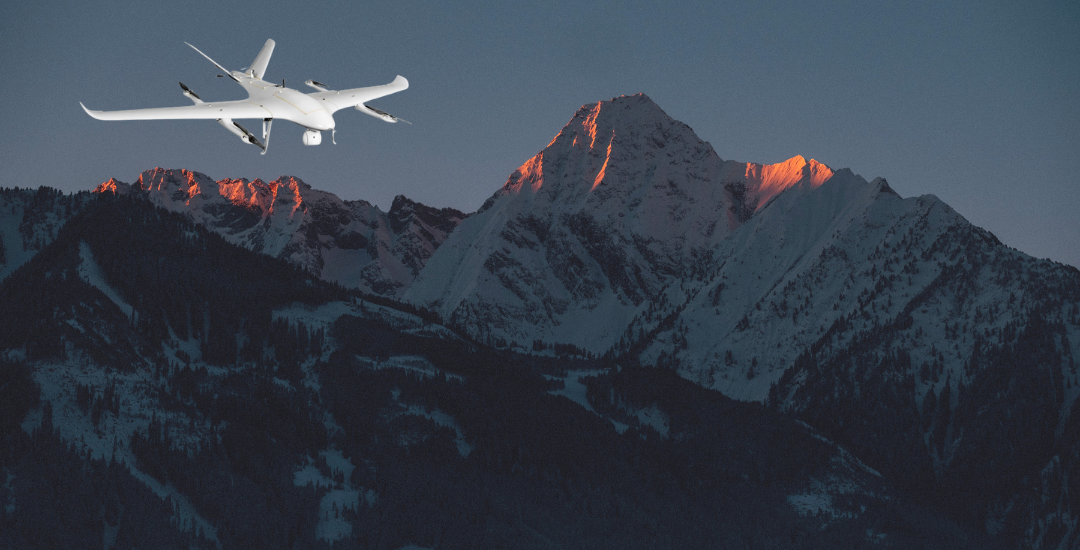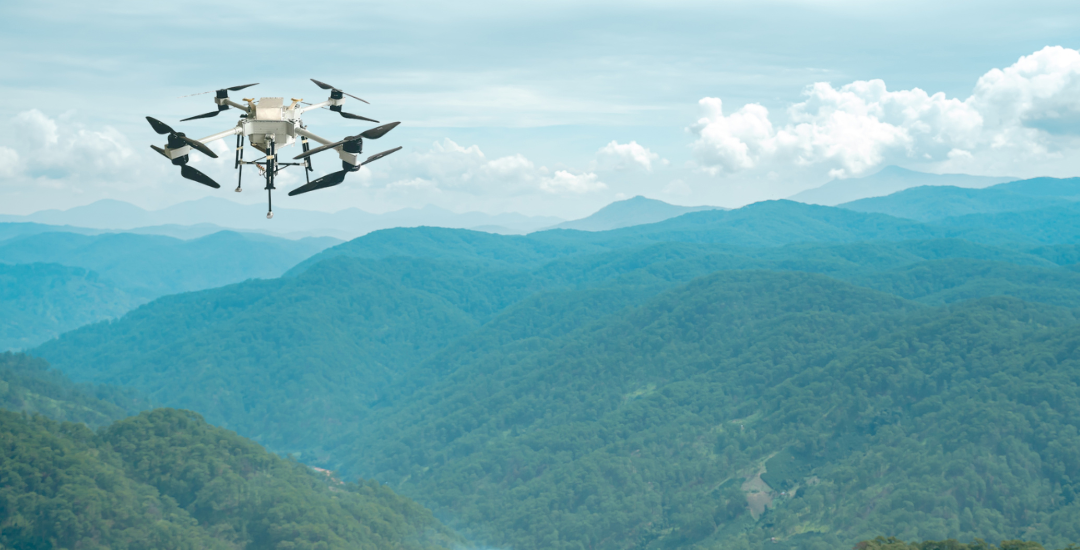NEWS
Home > News
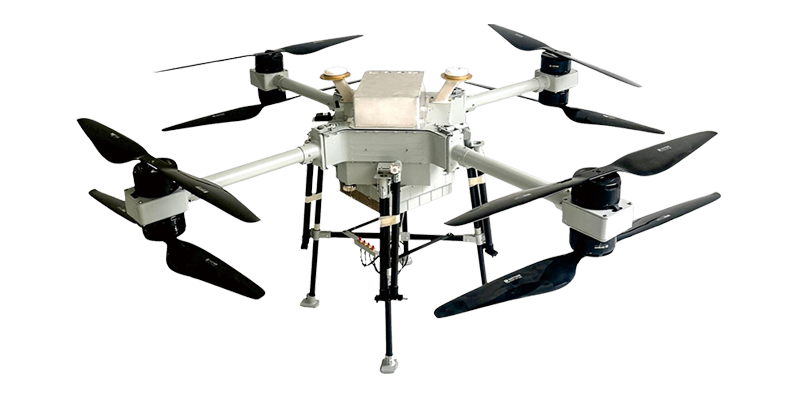
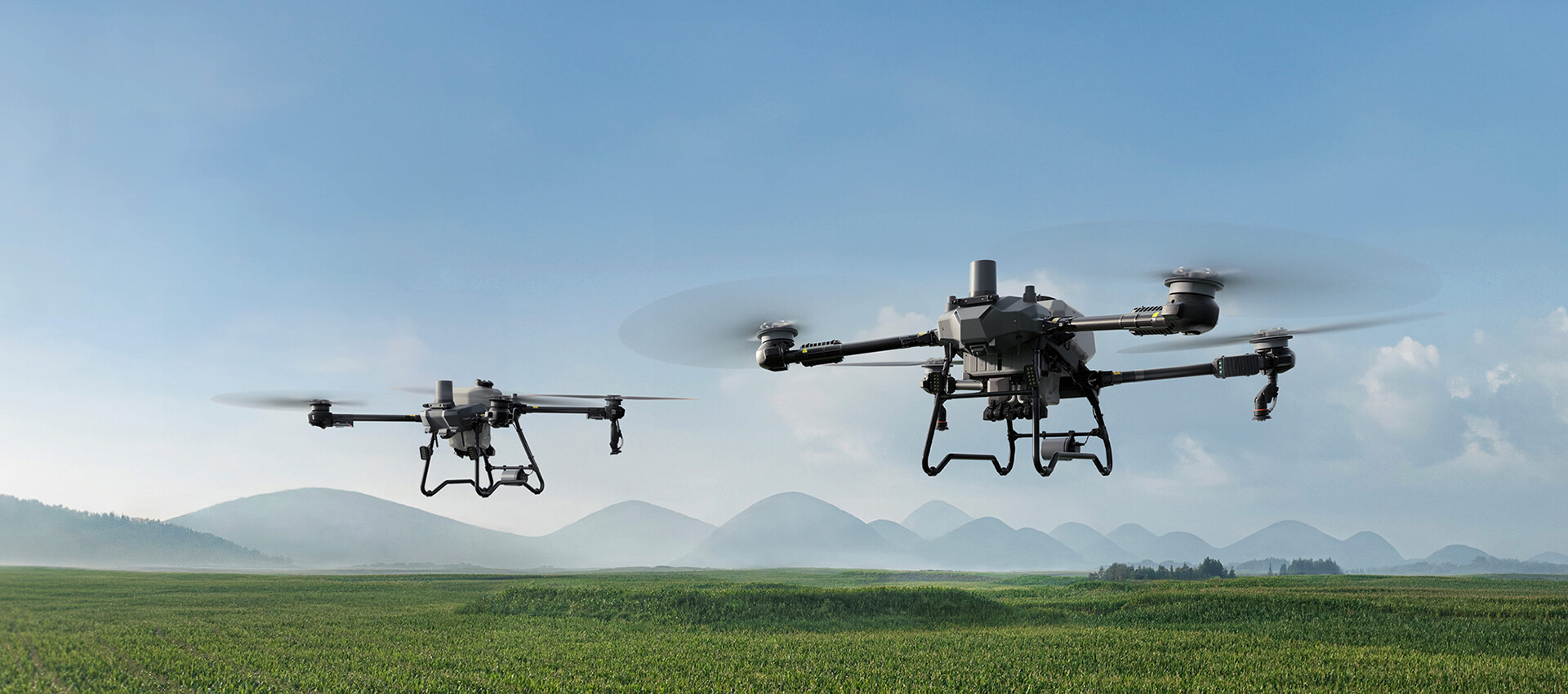
Long Range Fixed Wing UAV, commonly referred to as drones, have become game-changers in modern warfare. These high-tech machines offer unmatched capabilities, revolutionizing how militaries approach combat, reconnaissance, and even humanitarian missions. In this blog, we'll dive into the top 10 advantages of military UAVs and why they are indispensable for defense operations worldwide.
1. Enhanced Surveillance and Intelligence Gathering
One of the primary advantages of military UAVs is their ability to provide constant surveillance and gather critical intelligence. Equipped with advanced sensors, high-resolution cameras, and thermal imaging systems, UAVs can monitor vast areas for extended periods.
For example, the MQ-9 Reaper can hover over conflict zones for hours, transmitting real-time intelligence to command centers. This capability ensures accurate situational awareness, allowing decision-makers to anticipate threats and develop effective strategies.
Military Drone UAV Blueflyplus DTFZ-3-80
2. Cost-Effectiveness
Compared to traditional manned aircraft, UAVs are significantly more economical to produce and maintain. While a fighter jet can cost tens of millions to build, many UAVs provide similar capabilities at a fraction of the price.
Additionally, operating UAVs is less expensive as they require fewer personnel for deployment and don’t need extensive infrastructure like runways. This affordability makes them accessible even to smaller defense forces.
3. Reduced Risk to Human Lives
Military UAVs excel at undertaking high-risk missions without endangering human operators. From flying over enemy territory to navigating through hostile weather conditions, UAVs can operate where human pilots would be at severe risk.
This advantage is particularly critical for reconnaissance missions in dangerous regions, ensuring that soldiers remain safe while still gathering vital intelligence.
4. Precision Strikes
UAVs like the Predator Drone are equipped with advanced targeting systems and precision-guided munitions. This allows them to carry out surgical strikes with exceptional accuracy, reducing collateral damage and minimizing civilian casualties.
In urban warfare or densely populated areas, this precision is invaluable, enabling militaries to neutralize threats without unnecessary destruction.
5. Versatility in Military Operations
Military UAVs are incredibly versatile, capable of performing a wide range of missions beyond combat. These include:
- Search and Rescue: Locating survivors in disaster zones.
- Logistics: Delivering medical supplies to remote areas.
- Electronic Warfare: Jamming enemy communication systems.
This adaptability makes UAVs indispensable assets in both combat and non-combat scenarios.
Military UAV Blueflyplus XTCD-18
6. Long-Duration Missions
UAVs are designed for endurance, with some models capable of staying airborne for over 24 hours. This makes them ideal for operations requiring persistent surveillance or reconnaissance over remote or contested areas.
The RQ-4 Global Hawk, for instance, can cover vast distances without refueling, ensuring uninterrupted data collection and monitoring over strategic regions.
7. Advanced Technological Features
Modern UAVs integrate cutting-edge technologies such as artificial intelligence (AI) and machine learning. These advancements enable features like autonomous flight, predictive analytics, and real-time threat detection.
For example, AI-powered drones can analyze data on the fly, identifying potential threats faster than human operators, which is crucial in fast-paced combat scenarios.
8. Stealth and Covert Operations
Many military drone uav are designed with stealth capabilities, featuring low radar signatures and quiet engines. This makes them ideal for covert missions, such as infiltrating enemy territories to gather intelligence or carry out targeted strikes without detection.
Their ability to operate undetected provides a significant tactical advantage, allowing for surprise operations and reducing the risk of counterattacks.
9. Real-Time Data Sharing
UAVs equipped with advanced communication systems can transmit live data to command centers, ensuring faster decision-making. Whether it's video feeds, thermal images, or radar scans, this real-time intelligence empowers military leaders to respond promptly to evolving situations.
In high-stakes operations, this immediacy can be the difference between success and failure.
10. Supporting Humanitarian Missions
While primarily used for combat, military UAVs also play a vital role in humanitarian efforts. They are frequently deployed for:
- Delivering aid to disaster-stricken areas.
- Monitoring natural disasters like floods or wildfires.
- Assisting in search-and-rescue missions.
These non-combat applications highlight the broader potential of UAVs, showcasing their ability to save lives beyond the battlefield.
FAQs About Military UAVs
1. What are UAVs used for in the military?
UAVs are used for surveillance, reconnaissance, combat, search-and-rescue, and humanitarian missions.
2. Are military UAVs cost-effective?
Yes, UAVs are far more cost-effective than traditional aircraft in terms of production, operation, and maintenance.
3. How do UAVs reduce risks for soldiers?
UAVs take on high-risk missions, eliminating the need for human presence in dangerous environments.
4. Can UAVs operate autonomously?
Yes, many modern UAVs feature autonomous capabilities, powered by AI and advanced algorithms.
5. What technologies enhance UAV performance?
Technologies like high-resolution cameras, thermal sensors, AI, and real-time data transmission make UAVs highly efficient.
6. Are UAVs used for non-combat purposes?
Absolutely! Military UAVs assist in disaster relief, medical supply delivery, and environmental monitoring.
Conclusion
Military UAVs have transformed the landscape of modern defense, offering unparalleled advantages in surveillance, precision, and operational efficiency. Their ability to operate in dangerous environments while reducing costs and risks makes them invaluable assets for any military. As technology continues to evolve, the role of UAVs in shaping future warfare will only grow stronger.
SHARE:
Send a Message
RECENT POSTS
 How VTOL Drones Are Transforming Delivery Services2025-03-28
How VTOL Drones Are Transforming Delivery Services2025-03-28 VTOL Drones vs. Fixed-Wing & Multirotor: Pros and Cons2025-03-21
VTOL Drones vs. Fixed-Wing & Multirotor: Pros and Cons2025-03-21 Top 10 Safety Tips for Operating VTOL UAVs in Urban Areas2025-03-14
Top 10 Safety Tips for Operating VTOL UAVs in Urban Areas2025-03-14 Choosing the Right Fixed-Wing UAV for Your Needs2025-03-07
Choosing the Right Fixed-Wing UAV for Your Needs2025-03-07 What Is a VTOL Aircraft? A Beginner’s Guide2025-02-24
What Is a VTOL Aircraft? A Beginner’s Guide2025-02-24
Get in Touch
Please use the form below to get in touch.
If you need a reply we will get in touch as soon as possible.

